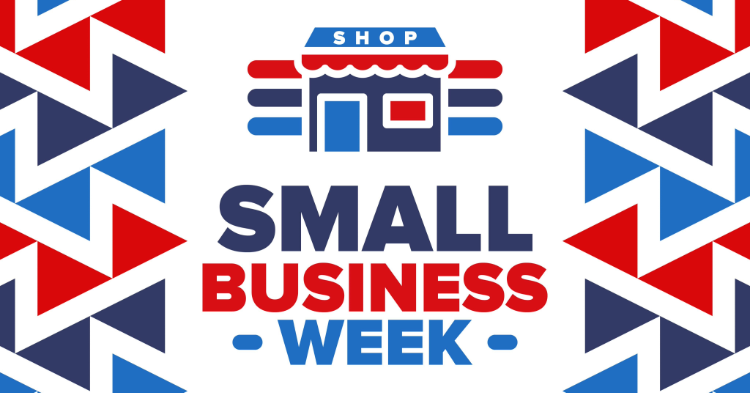The Account-Based Sales Strategy

Despite global and local uncertainty, sales were up across the board in 2016, from food and retail to consumer holiday spending. And as noted by CMO, B2B spending is also on the rise as companies look to lock down long-term relationships with high-value clients — 48 percent of organizations plan to increase their digital B2B budgets through 2017. But securing sales funnels is about more than just spending big. Businesses are now turning to proven methodology of account-based sales (ABS) to boost their bottom line. The challenge? ABS remains one of the most labor-intensive B2B selling methods, making it a prime candidate for automation and innovation. Here’s a step-by-step guide to boosting B2B with ABS.
History of Success
So what exactly is an account-based sales strategy? It’s a model which targets companies rather than individual leads to achieve larger sales volume and enhanced long-term impact. ABS isn’t a new concept, but requires substantial effort to maximize output. Instead of concentrating on a single lead — knowing their sales preferences, history and potential spending cap — organizations must engage with multiple contacts.
Think of it like this: under a one-to-one B2B model, expert salespeople target specific decision-makers within the intended buyer enterprise, for example sales VPs. Professional relationships are cultivated and, over time, leads ideally become proponents of your brand, predisposed to purchase from you before any other supplier. An ABS approach, meanwhile, has your team reaching out to VPs, CEOs, sales directors and managers at your prospective buyer business to deliver a clear and consistent message.
The advantage of ABS? Better overall engagement and the development of long-term relationships. Why? Because instead of converting an individual — who may eventually move to a new role or find new employment — you become a known and trusted resource for the company as a whole, meaning that the loss of a single contact, or even management shifts, won’t break the B2B relationship.
The challenge of account-based selling? It demands big effort. The labor-intensive nature of this method helped sideline the solution once sales staff could use technology to quickly and easily connect with prospective buyers. As noted by Salesforce, however, ABS is suddenly coming back in style thanks to new technology advancements such as analytics and process automation. Of course, it’s one thing to talk about the potential benefits of ABS — it’s another to effectively implement them into your sales process. Let’s get started.
Step 1: Take a Hard Look
Before rolling out a new account-based sales strategy, make sure you’re targeting the right clients. The ideal prospect client will make high value purchases on a regular basis, meaning it’s worth your time and effort to invest in a large-scale sales campaign. Funnels that produce low-value spending at high transaction rates, meanwhile, are better suited to standard sales techniques. As noted by Business 2 Community, it’s also critical to set realistic expectations for ABS. The goal is to increase total revenue by addressing the specific needs of high-value customers, meaning your total volume of sales leads will drop even as new leads become more qualified and more likely to spend big.
Speak with your sales team to discover which customers buy the most from your B2B offering. Use existing CRM tools to back this up with hard data. Talk to the C-suite and make sure their vision for B2B sales matches the data you’ve collected. ABS requires a focused, concerted and coordinated effort. Piecemeal sales here won’t produce the intended result so it’s important to on-board all interested parties and agree on high-value B2B targets.
Step 2: Make a Map
How do customers prefer to interact with sales staff? How much do they purchase at once? What does their transaction history look like? Effective ABS demands solid sales maps for each of your potential leads, both to ensure that your messaging is on-point and that content personalization happens from the moment of first contact. By mapping the customer journey from contact to consideration to negotiation to sales, it’s possible to create an effective template for account-based selling that keeps all sales staff on the same page while simultaneously speaking to customer needs.
Step 3: Connect with Marketing
Bottom line? No ABS initiative succeeds without marketing on board. According to CIO, ABS is undergoing an evolution into ABM — account-based marketing — which is “a collaborative approach that engages sales, marketing, delivery and key executives toward achieving a client’s business goals.” Why? Because recent research reinforces the fact that it’s difficult to convert leads into customers; less than one percent of potential leads become revenue-generating clients. And thanks to the rise of mobile devices and on-demand content, B2B buyers now act much more like B2C purchasers, meaning they expect greater responsiveness and personalization from sales partners. As a result, marketing plays a key role in creating a large-scale value proposition and effectively communicating this message to prospective clients.
Step 4: Budget and Invest
Last step? Create a budget for your account-based sales strategy and invest wisely. There’s no way around it. Opting for account-based sales costs more than traditional sales-to-lead conversion, so take a hard look at where you are, where you want to be and how much this transition will cost. Then, find the right solution. The current drive for ABS stems from the maturing nature of big data collection and automation tools — what you’re looking for here are solutions capable of capturing data from diverse sources, analyzing it to produce actionable results and then automating key processes such as data entry and CRM population to minimize the rate of human error and let sales teams focus on account-wide efforts.
What’s old is new again. By understanding client profiles and the customer journey, making the most of marketing and investing in the right technology, ABS can help boost your B2B bottom line.
Find the right funding for your business.
Term loans up to $250K. Lines of credit up to $100K.
No obligations and no hard credit pulls.




